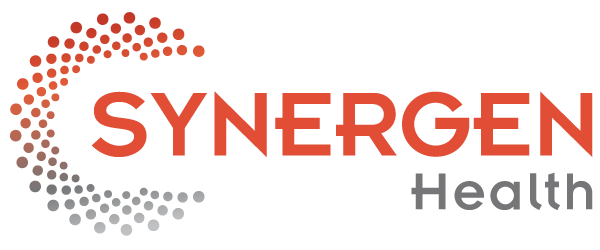
In a recent article in Medical Economics, Mel Gunawardena, managing partner at SYNERGEN Health, explained the importance of health care benchmarking for financial health and improved patient experience. Benchmarking allows health care providers to improve clinical and financial performance by presenting objective and comparable metrics. With this data, health care providers can identify areas of opportunity and determine where to focus their improvement efforts to develop their practice into a high performing, profitable organization.
To effectively facilitate change within an organization, practices must assess whether they are meeting or exceeding internal or external industry standards by evaluating, understanding, measuring and comparing crucial data. Organizations seeking to invest in a benchmarking solution should ensure it can: leverage best practices as identified by key medical associations and key performance indicators (KPIs), pinpoint specific areas contributing to revenue leakage, and offer implementable recommendations to maximize return on investment.
Here are three types of benchmarking health care organizations can use to identify areas of opportunity within their revenue value chain.
*Internal Benchmarking
An organization can evaluate current processes, operations and functions through internal benchmarking. To implement change and improve performance, organizations with offices in different locations can measure and compare metrics such as the percentage of upfront patient collections, the number of no-shows and cancellations, and the number of denials due to front-office errors.
Internal benchmarking allows providers to create cost-efficient, standardized processes and confirm goals are attainable. Organizations must benchmark internally before focusing on other areas, such as competitive or external analyses.
*Competitive Benchmarking
By comparing similar processes, products and services against close competitors, organizations can gain a better understanding of how to position themselves in the modern health care marketplace. For example, questions can be posed such as, “Is the competition offering a mobile application to confirm or cancel an appointment and to pay their bills? Do they offer a telemedicine option? Do they provide cost estimation of a procedure on the day of the service?” Competitive benchmarking is useful for creating strategies within similar specialities to ensure that health care organizations are providing the best service to their patients.
*Functional Benchmarking
Functional benchmarking compares similar procedures or guidelines to companies outside of the health care industry. Tactics from functional benchmarking can often be effortlessly implemented within a health care organization.
For example, a large health care organization can compare its average collection time to that of a utility company. With this data, it can then address its current procedures and incorporate tactics from that company to decrease average collection times.
Benchmarking is not a one-time event, but a continuous process that gives health care providers valuable information through seasonal trends, organizational changes and developmental shifts within the industry. Leveraging the vast amount of data available within the industry and best practices of similar procedures outside of the health care industry, organizations can streamline workflow processes and optimize their revenue.

